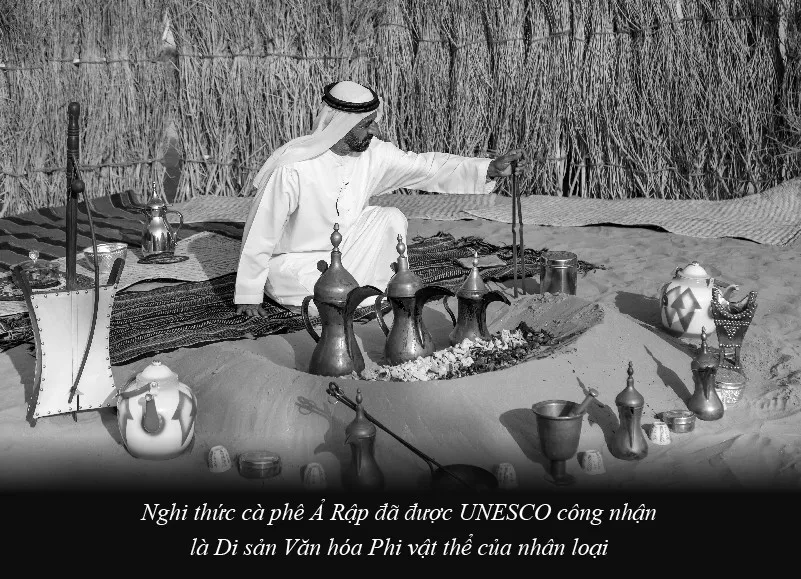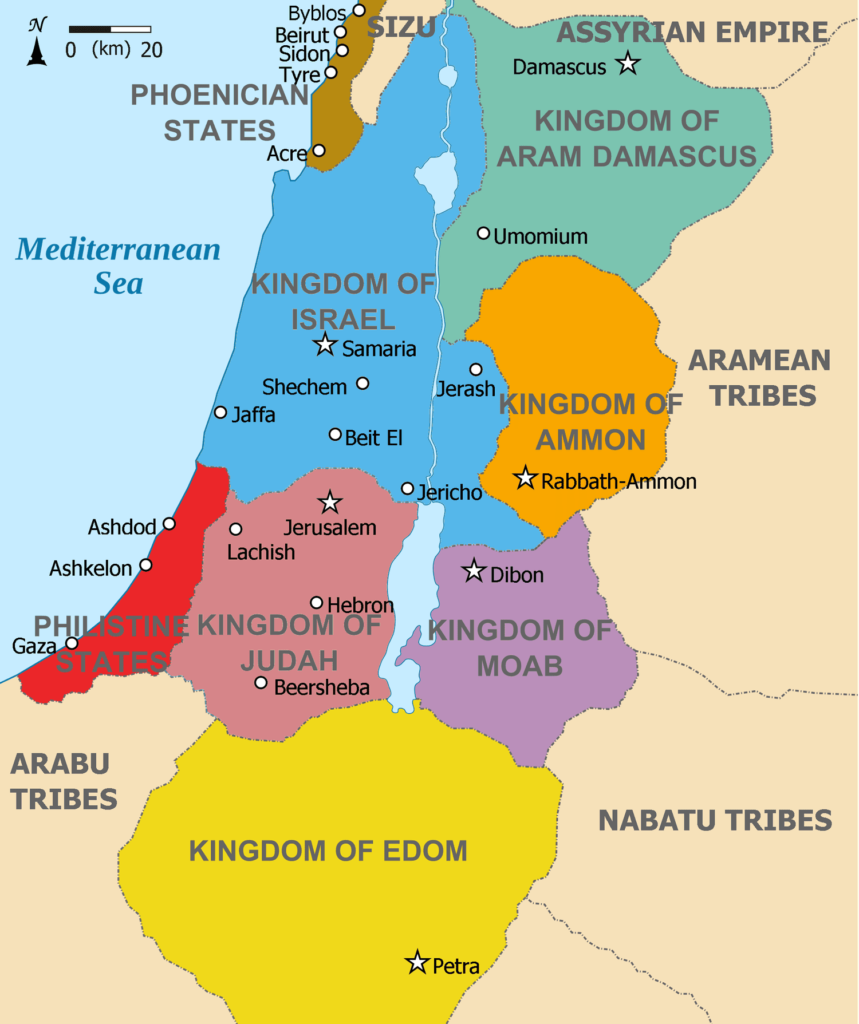Estimated reading time: 8 minutes
-
The family is the center of social life, maintaining core values.
-
Learn about the core concepts: A’ila, Qarāba, Qabīla, Jama‘a, Umma, Sharaf, Karam.
-
Explore the traditional family structure, including hierarchy, marriage, child-rearing, and the welfare network.
-
Understand the changes in modern families and communities, from extended to nuclear families.
-
Analyze regional differences: The Gulf, Levant, North Africa, and diaspora communities.
- Context and Concepts: Family, Community, and Tribe in Arab Culture
- Arab Family Structure and Traditional Roles
- The Role of the Arab Community and Social Institutions
- Family and Community in Modern Arab Culture: Change and Adaptation
- Gender Roles and the Voice of Arab Youth in Modern Families
- Regional Diversity: The Gulf, Levant, North Africa, and Diaspora Communities
- Practical Guide: Interacting with Arab Families and Communities
- Frequently Asked Questions about the Role of Family in Arab Culture
Upon setting foot in the Arab world, from the ancient markets of Marrakesh to the skyscrapers of Dubai, I quickly realized one thing: to deeply understand this region, one must start with the role of family in Arab culture. This is not just a social unit, but the very heart, the foundation of honor, welfare, and the repository of the community’s most core values. Even as urbanization, education, and globalization are creating powerful changes, the family remains the center of social life.
The journey of exploring the role of family and community in modern Arab culture will help you not only decipher core concepts but also see how these relationships operate in reality. Together, we will learn about the differences between regions, identify new trends, and equip ourselves with subtle etiquette to connect more sincerely. Let’s start this journey with Nuhaira!
Context and Concepts: Family, Community, and Tribe in Arab Culture
To understand correctly, we need to grasp a few fundamental terms. These are the keys that unlock the door to Arab thought and social structure.
-
A’ila (عائلة): Means “family”, but often refers to the extended family of multiple generations living together or closely connected. The role of elders and seniors is extremely important.
-
Qarāba (قرابة): Refers to kinship and blood relations. This is the network that creates cohesion, trust, and mutual support in all circumstances.
-
Qabīla / ‘Ashīra (قبيلة / عشيرة): Is the tribe or clan, a traditional social unit that still holds great influence, especially in the Gulf region.
-
Jama‘a (جماعة) and Umma (أمة): Jama‘a is the local community (village, neighborhood), while Umma has the broader meaning of the global community of Muslim believers.
-
Sharaf / ‘Ird (شرف / عرض): Sharaf is the honor of the individual and the family, while ‘Ird specifically refers to the honor associated with the women of the family. The actions of one individual can affect the reputation of the entire group.
-
Karam (كرم): Is precisely the warm Arab hospitality. This is an important moral standard, demonstrating generosity and willingness to share with guests, even strangers.
An important distinction to make: “Arab” is an ethnic, linguistic, and cultural identity, while “Islam” is a religion. Although Islamic Sharia law deeply influences family law, not all Arabs are Muslims. There are Arab communities that follow Christianity and other religions, creating a rich diversity in the region.
Finally, Arab culture is highly collectivistic. The interests and honor of the family and community are often placed above the desires of the individual, a distinct difference from the individualism of the West.

Arab Family Structure and Traditional Roles
In the traditional model, the Arab family is typically an extended family, where multiple generations live together under one roof or in close proximity.
This structure has distinct characteristics:
-
Clear Hierarchy: Authority and obligations are defined by age and gender. Elders are absolutely respected, and their words carry great weight in collective decisions.
-
Marriage and Social Alliance: Marriage is not just the union of two individuals but an alliance between two families, two lineages. The concept of mahr (dowry from the groom to the bride) is an important part. Marriages between close relatives are also quite common to strengthen economic and social networks.
-
Child-rearing: Children are taught about etiquette, filial piety, responsibility to the community, and the importance of family honor.
-
Welfare Network: The family is the primary informal welfare network, providing financial, medical, and emotional support when state institutions are not strong enough.
The Role of the Arab Community and Social Institutions
Cohesion does not stop at the family level but extends to the community and the Arab tribe.
-
Majlis (مجلس): Is a reception area, usually a large room in a house or a separate building, where men in the community gather to discuss, consult, and resolve common issues.
-
Wasta (واسطة): This is a complex social mechanism, referring to the use of personal networks to access job opportunities, public services, or resolve issues. Wasta is both a practical tool that helps things run smoothly and a source of controversy regarding its transparency.
-
Rituals and Hospitality: Important events such as births, weddings, and funerals are deeply communal. Hospitality (karam) is clearly expressed, strengthening the bonds between members.

According to Arab tradition, performing the coffee ceremony is the most important cultural norm in the ritual of welcoming guests
Family and Community in Modern Arab Culture: Change and Adaptation
Modern Arab culture is witnessing powerful transformations, and the family is no exception to this trend.
Urbanization and the rise of the middle class have driven the shift from extended families to nuclear families (consisting only of parents and children). Household sizes are gradually decreasing, and expectations for personal autonomy, especially among the youth, are increasing.
Technology and globalization also play a significant role. Applications like WhatsApp and TikTok have become indispensable tools for maintaining connections among clan members around the world, helping them organize events or call for remote support.
The welfare role of the state, especially in the wealthy Gulf countries, has increased. However, the family remains the ultimate safety net during times of crisis, such as the COVID-19 pandemic or political conflicts.
Gender Roles and the Voice of Arab Youth in Modern Families
One of the most notable changes is the role of Arab women. The percentage of women accessing higher education and participating in the labor market is increasing. Landmark reforms, such as women in Saudi Arabia being allowed to drive and participate more in the workforce, are evidence of this change.
Meanwhile, Arab youth face the challenge of balancing personal aspirations (entrepreneurship, studying abroad, freedom of choice) with the constraints and expectations from their families. This process is not always easy but is creating a more dynamic and open-minded generation.
Notably, some North African countries like Tunisia and Morocco have led the way in reforming family law, granting more rights to women and reducing the impositional interference from clans.
See more: Arab Women and Their Role in Modern Society
Regional Diversity: The Gulf, Levant, North Africa, and Diaspora Communities
The Arab world is not a monolithic bloc. The roles of family and community differ markedly:
-
Arab Gulf (GCC): Tribal influence remains very strong. Multi-generational families are still common, supported by generous state welfare systems.
-
Levant (Lebanon, Jordan, Syria, Palestine): Has a long history of urbanization, and family networks and remittances from abroad play a crucial role. This is also a region with high religious diversity.
-
North African Arab (Maghreb): Influenced by French and Berber cultures. Family law reforms in Tunisia and Morocco have created profound social changes.
-
Arab Diaspora (overseas communities): Living in Europe and the Americas, they maintain their identity through cultural and religious centers while having to adapt to the legal systems and social norms of the West.

Levant Boundary
Practical Guide: Interacting with Arab Families and Communities
For positive interactions, remember a few basic rules of Arab cultural etiquette:
-
Respect Hierarchy: Always greet and show respect to elders first.
-
Flexible Time: The concept of time may not be very strict. Patience and flexibility are highly valued.
-
Hospitality: If invited to a home, accept the invitation. Don’t forget to praise the host’s hospitality. Bringing a small gift like sweets or a local specialty (avoiding alcohol and pork products) is much appreciated.
-
Business Communication: In Arab business communication, building personal trust is more important than contracts. Take time to chat and have tea before getting down to business.
-
Religious Sensitivity: Respect prayer times and major holidays like Ramadan. Avoid sensitive discussions about politics and religion in public.

The Middle East has a distinctive business culture
Frequently Asked Questions about the Role of Family in Arab Culture
1. Are Arab families always extended families?
Not necessarily. Nuclear families are becoming more common in large cities, but the bonds and clan mentality remain very strong.
2. What is Wasta and why is it important?
Wasta is an intermediary network of relationships that helps get work or procedures done. It has both benefits (efficiency) and drawbacks (lack of transparency), reflecting the importance of personal relationships in the society.
3. Are arranged marriages still common?
This trend is declining in urban areas but is still quite common in rural regions or conservative tribal communities.
4. How is the role of Arab women changing?
They are having more opportunities in education, employment, and a greater voice in the family. However, the degree of change varies greatly between countries.
Conclusion
The role of family in Arab culture remains the backbone of society, but it is by no means static. The family and community are constantly adapting and transforming to fit the context of modern Arab culture—a world of urbanization, technology, and aspirations for equality. Understanding this dynamic is the best way for us to gain a deeper, more multifaceted, and respectful perspective on one of the world’s oldest and most dynamic cultures.
Want to learn more about other cultural topics? Subscribe to Nuhaira’s newsletter so you don’t miss upcoming articles!
See more:
Budget Self-Guided Travel in Arabia

